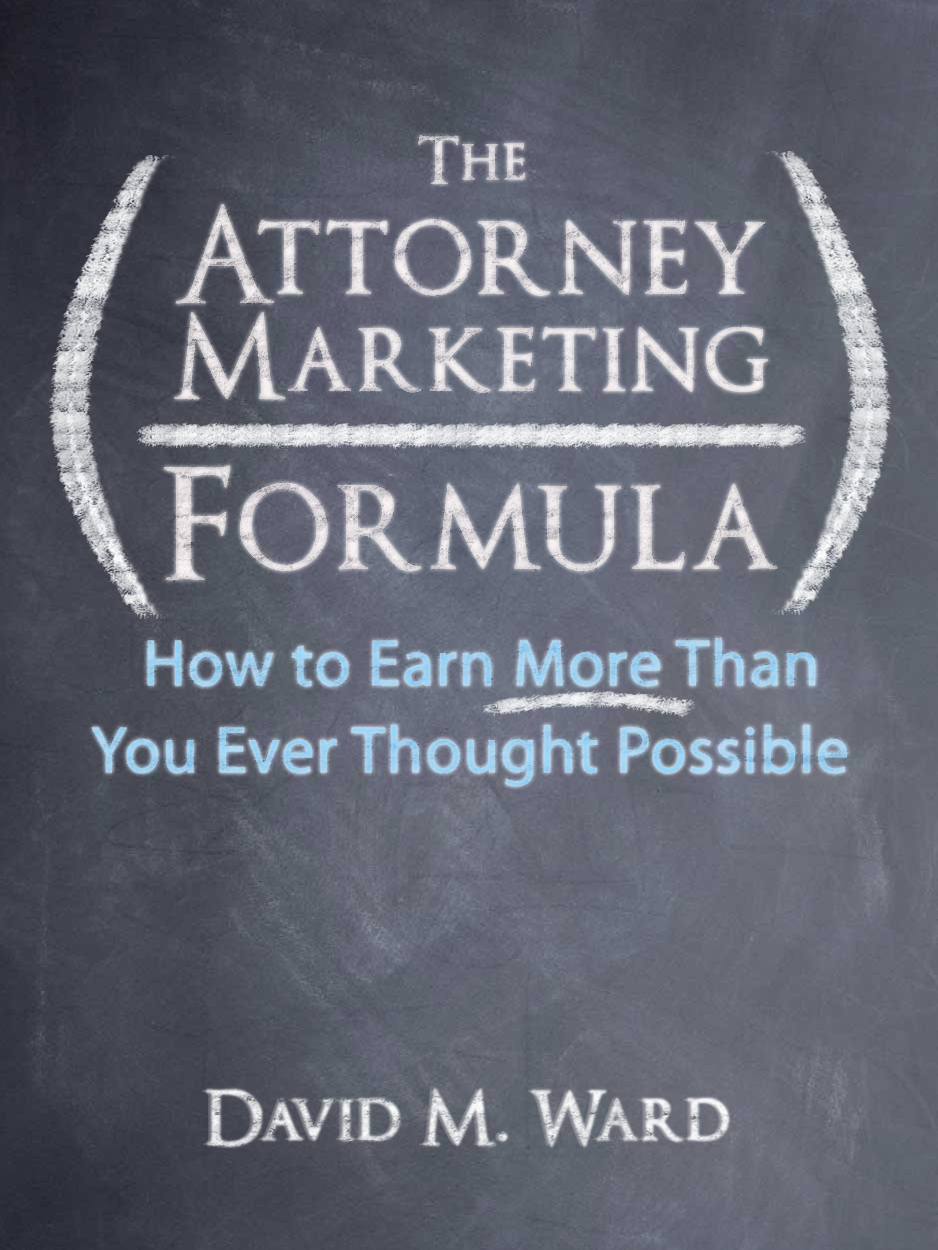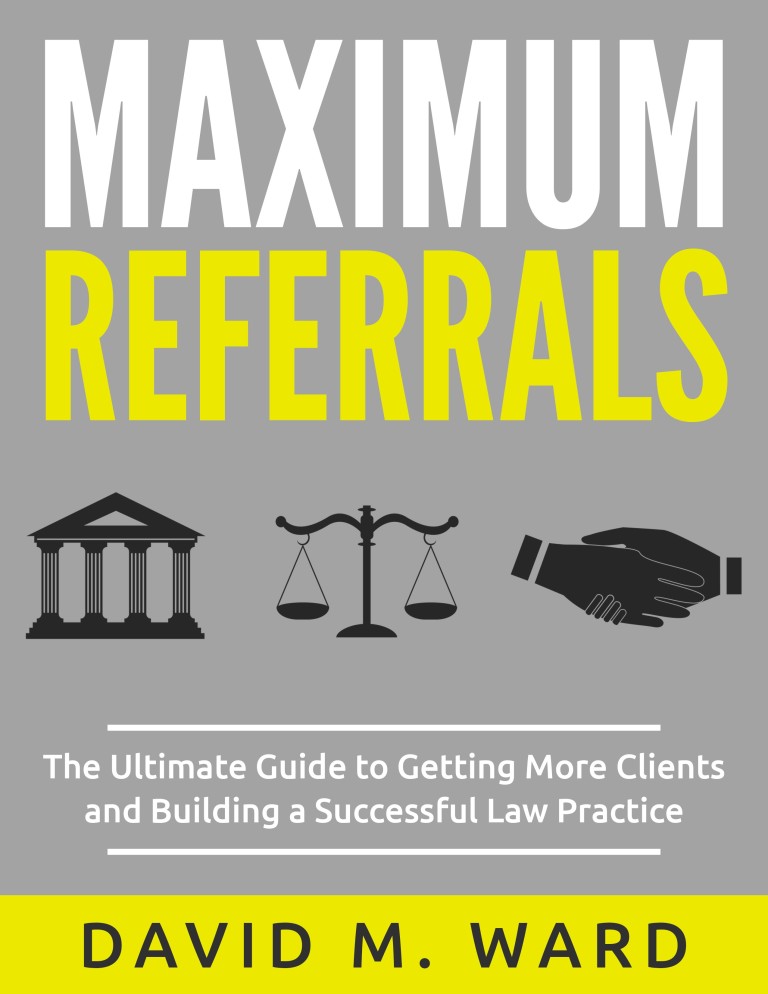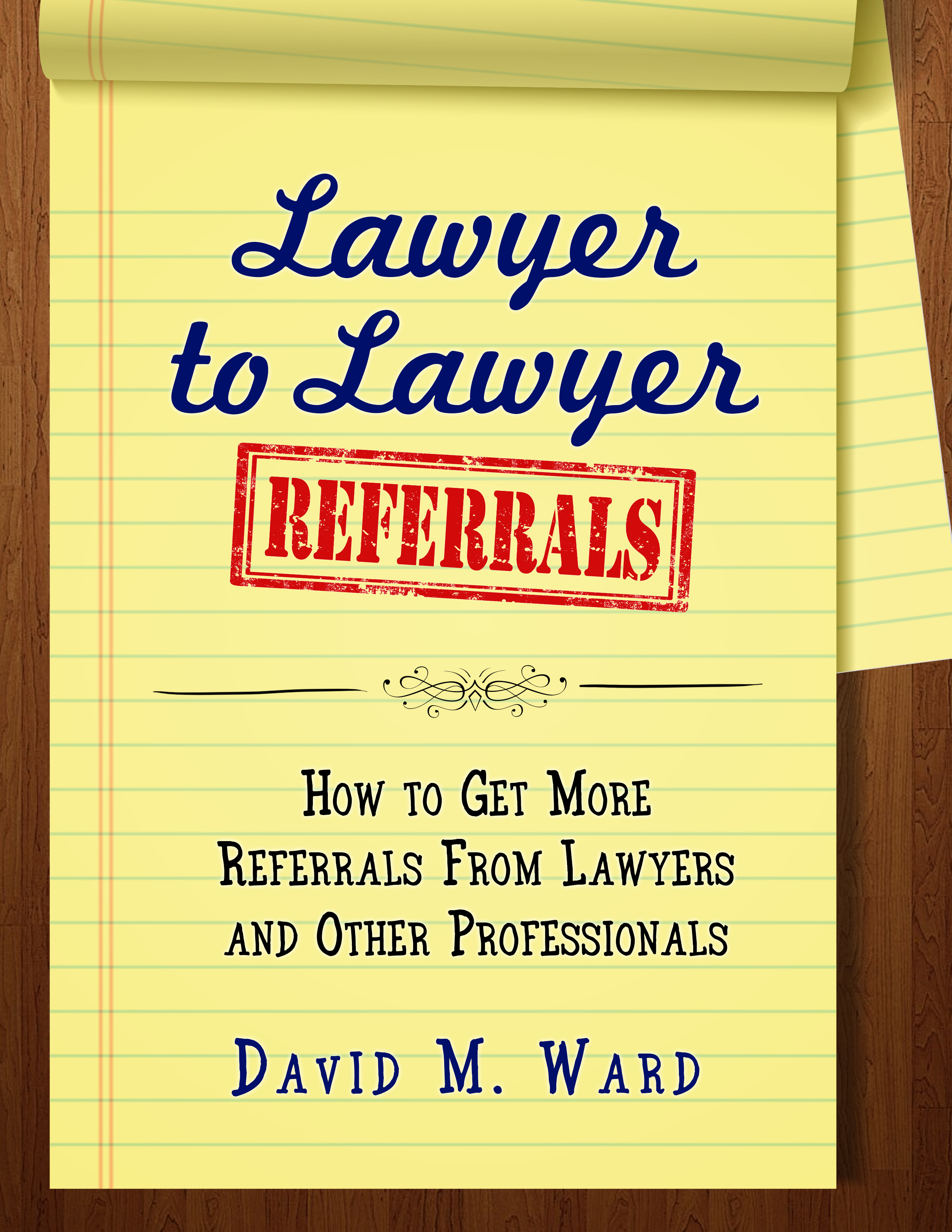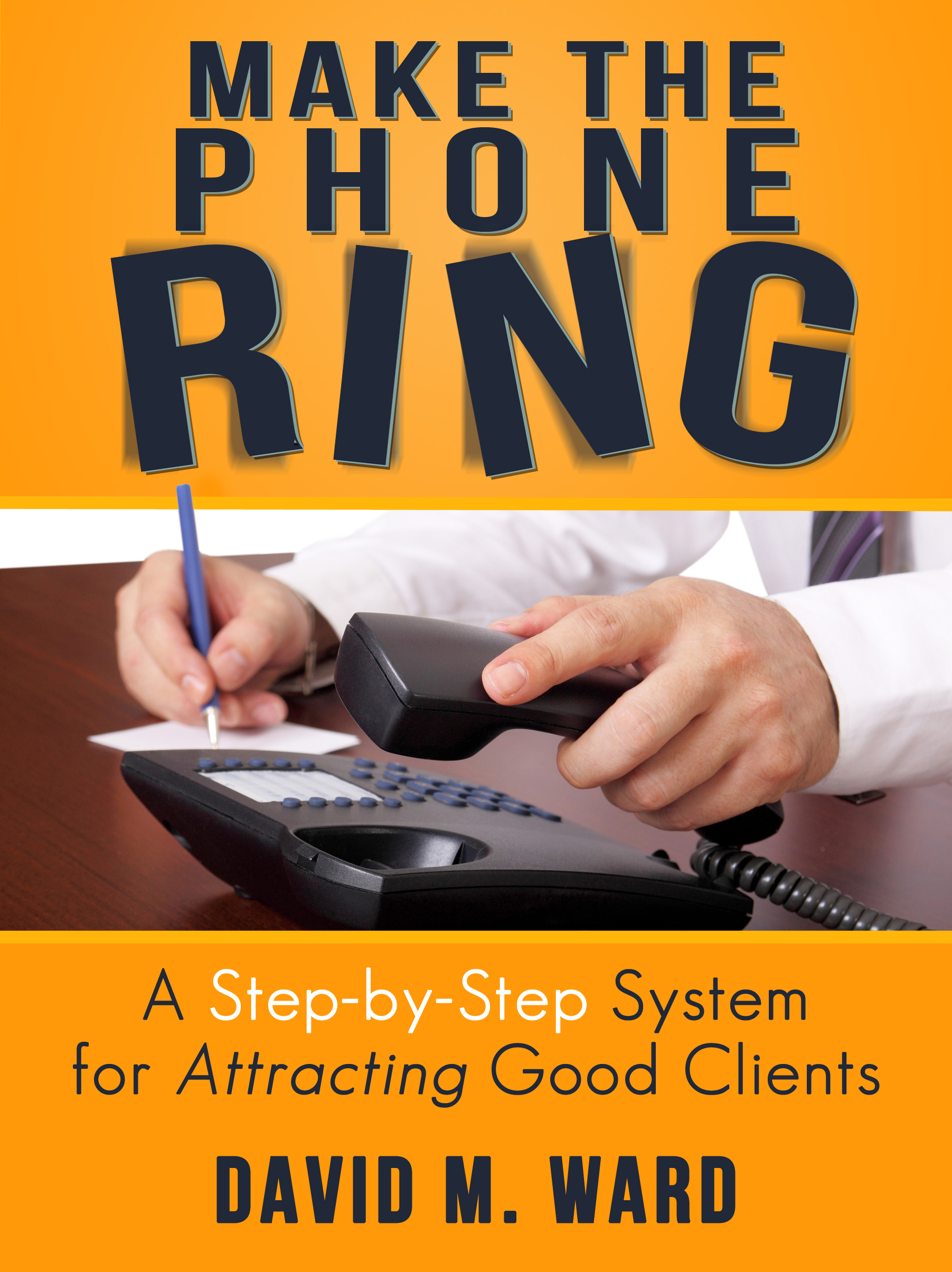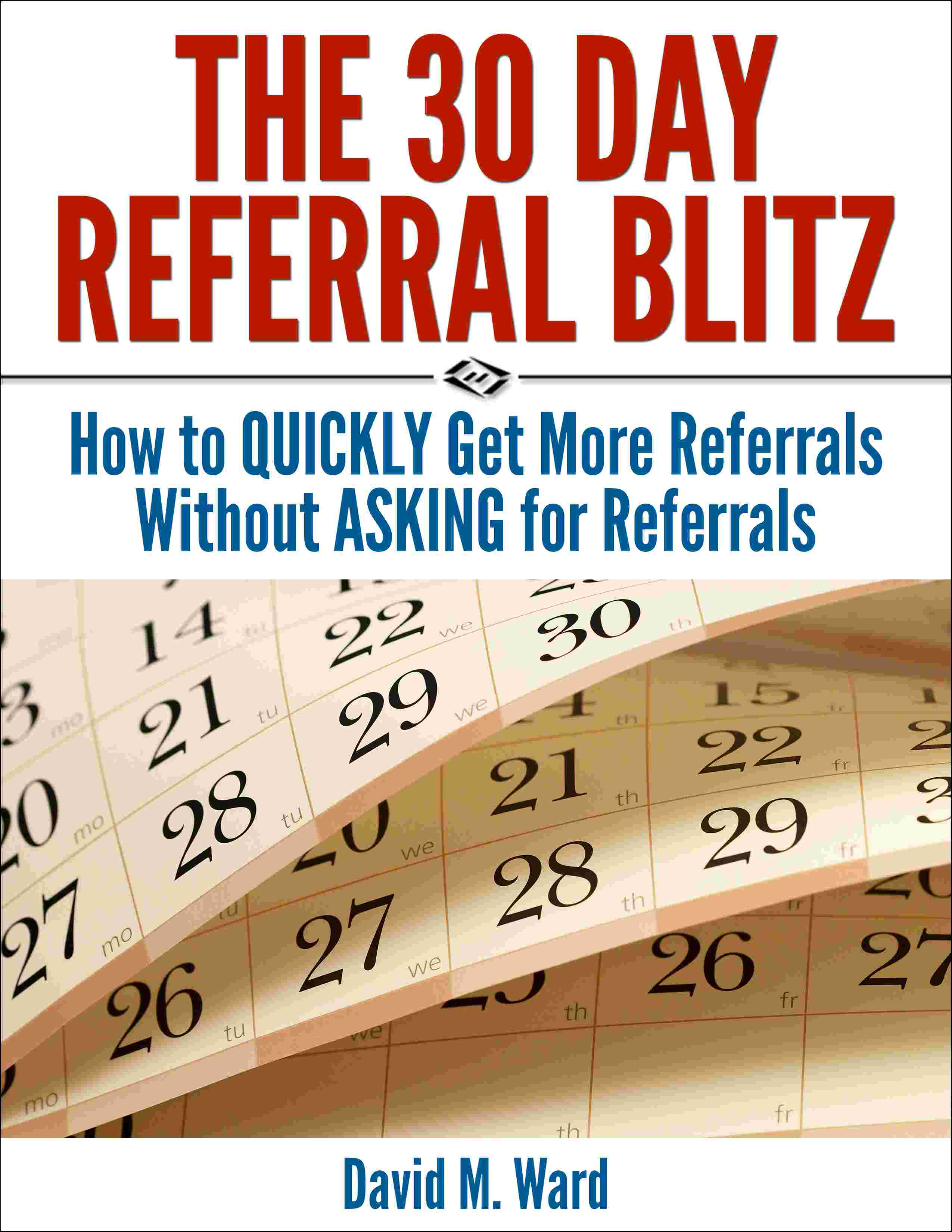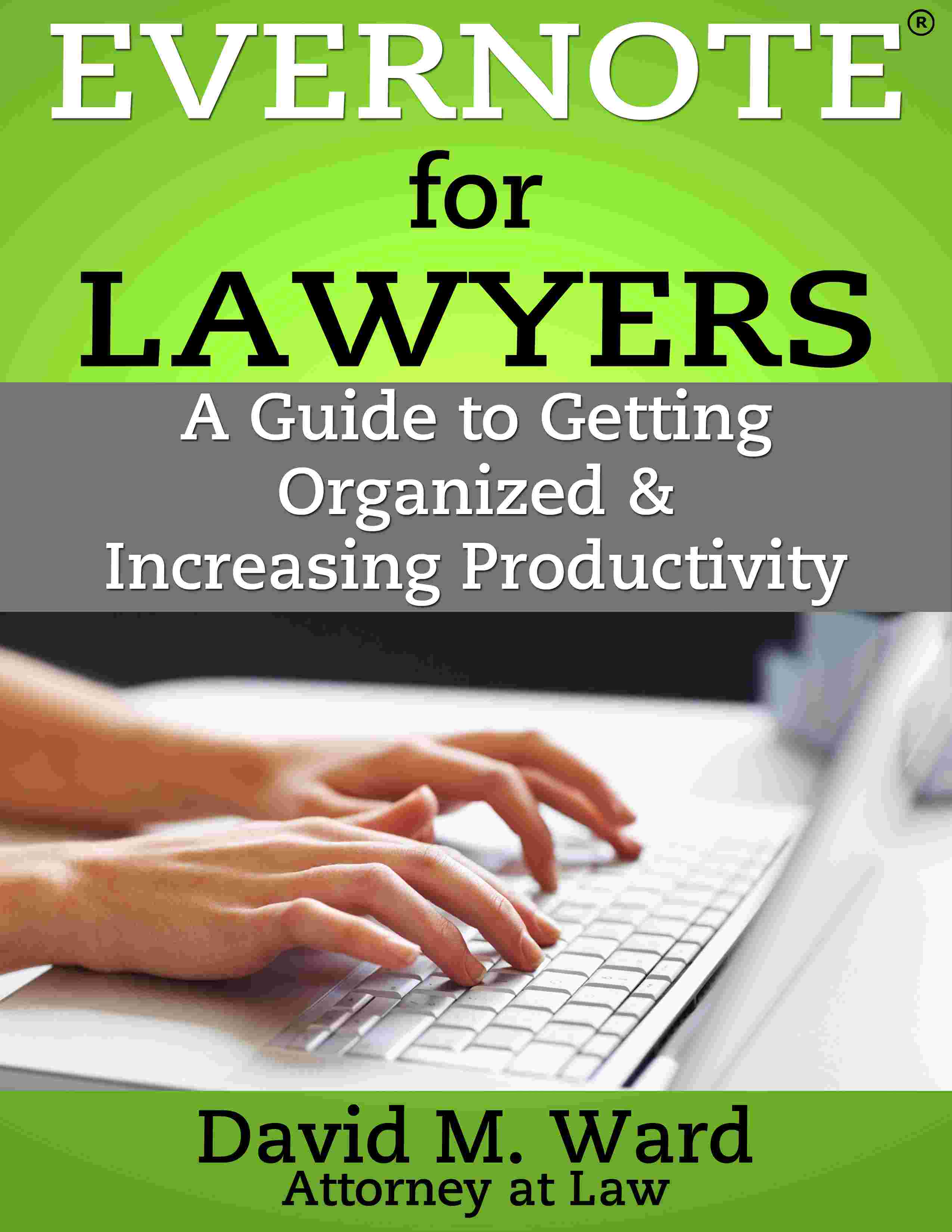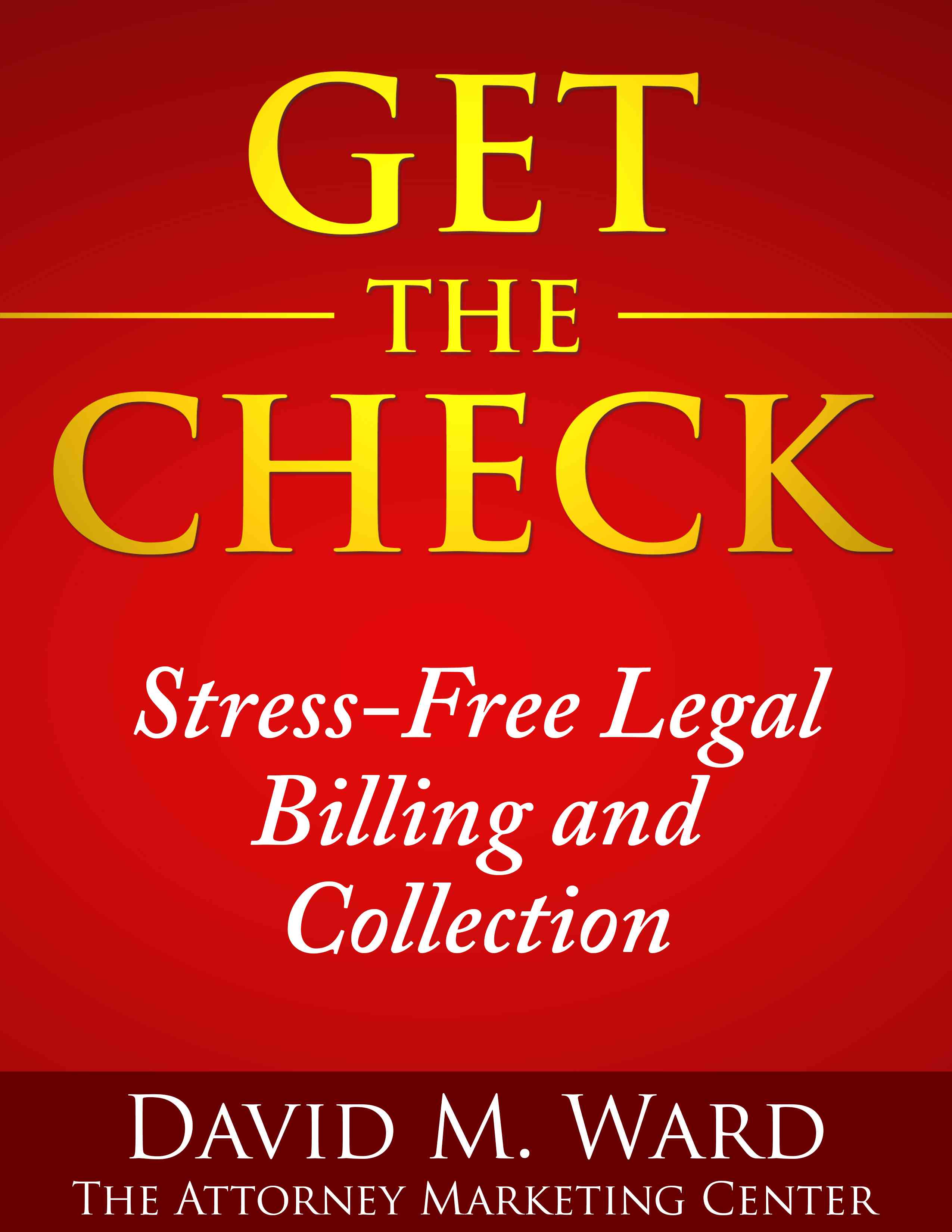The people who regularly follow you on social, subscribe to your newsletter or blog, watch or listen to your videos or podcasts, don’t do it solely to get information. No doubt they get plenty of that from you already, and they know they can get more by asking you or doing a quick search.
They read or watch your posts or messages for information, but also because your words provide them a brief mental vacation. For a few minutes, they don’t have to think about work or their troubles. They can hear something interesting or encouraging or entertaining.
Information is important. But it’s not everything.
When you spend time with people you know (or want to meet), at a networking event or socially, you don’t fire up your brain and start firing off information. You don’t deliver a lecture. You chat, you catch up, you share interesting things you’ve heard.
Your subscriber is that friend.
If you want them to look forward to hearing from you, consume everything you write, share your content and links, and think of you first when they have a legal issue (or know someone who does), give them more than just information. Help them take a mental vacation.

